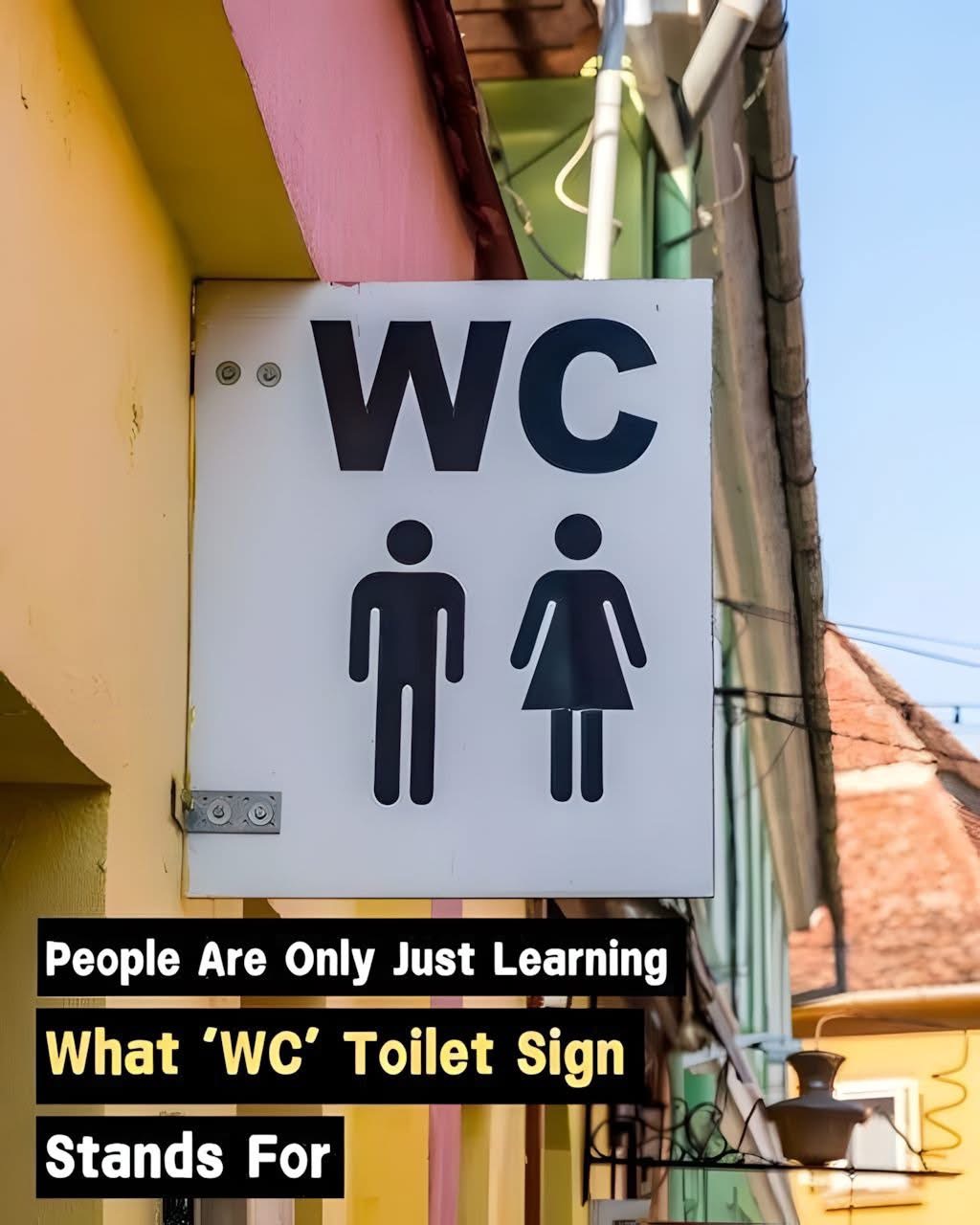
If that is the case, you are not alone; individuals globally are attempting to decipher the concept of the WC, a term that denotes a room equipped with a toilet and a sink.
Off-camera, Shelby can be heard inquiring, “Do you rest in a restroom?”
“That’s a valid point. Neither term makes much sense,” Dylan replies.
Viewers quickly took to the comments section to share their preferred terminology for this important room.
“It’s called a bathroom, restroom, washroom, and toilet,” one user stated.
Another commenter recounted their experience at Disneyland, where they “asked for the washroom” and were “directed to the laundromat!”
A third user remarked, “Just wait until he learns about water closets.”
According to Merriam-Webster’s Dictionary, a “water closet” is defined as “a compartment or room with a toilet” or “a toilet bowl and its accessories.”
Historically, when someone referred to using the bathroom, it was associated with taking a bath. Similarly, the term restroom implied a place to rest or prepare for the day using the sink and mirror.
Ultimately, if one needed to relieve themselves, they would use the toilet located in the water closet.
Depending on your geographical location, the room housing the porcelain throne is known by various names, including loo, restroom, bathroom, washroom, lavatory, or WC.
In contemporary society, it is common to encounter signs denoting WC in public venues such as airports, restaurants, and hotels. This term serves as an alternative to “restroom” or “bathroom,” often conveying a more formal or universally recognized indication for facilities catering to international visitors.
The Evolution of the WC
Prior to the 19th century in the United States, indoor toilets were considered a luxury, primarily accessible to the affluent. The majority of the population relied on outhouses or other outdoor sanitation options. Although many homes featured “bathrooms” for bathing purposes, these spaces typically lacked toilets. The widespread adoption of indoor plumbing commenced in the late 19th century, culminating in the introduction of the water closet by 1890, which provided a separate area for toilets away from bathing facilities.
It was not until the early 20th century that the concept of the modern bathroom, which integrates both bathing and toilet facilities into a single space, became prevalent.
While the combination of toilets and bathtubs in one room offered a practical approach to conserving space and streamlining plumbing, it also compromised privacy, particularly in shared environments.
Over time, the term “water closet” has come to denote a small, enclosed area within a larger bathroom, specifically designated for the toilet. These water closets frequently include a compact sink for handwashing, enhancing their functionality and convenience.
In an effort to clarify the concept of the water closet, users on Reddit engaged in a discussion titled, “Why is a public WC called bathroom if there is [no] bath?”
In response, one Redditor remarked, “Americans might similarly question: ‘Why is it called a WC (water closet) if it isn’t even a closet?’” The comment further elaborated that “bathroom” or “restroom” is the “preferred euphemism in the US for ‘room with toilet,’ while other regions utilize terms like ‘WC,’ ‘lavatory,’ ‘loo,’ and so forth.”
A third participant notes, “In Russian, it’s referred to as ‘a room without windows’ even if a window is present,” while another contributor states, “In Esperanto, it’s called necesejo, meaning ‘necessary place.’”
In the meantime, other users on Reddit engaged in a discussion about the terms washroom, bathroom, and restroom.
“One user points out, ‘Canada is well-known for using the term washroom,’” while another adds, “I’m from the Midwest, and washroom is quite common here, although bathroom or restroom are likely the most frequently used terms.”
“I believe washroom is the best term. You should be washing in there,” another user comments. “…not resting.”
What are your opinions on the term WC, and what do you call the room that contains a toilet? We invite you to share your thoughts with us and encourage you to share this story so we can gather more perspectives!
